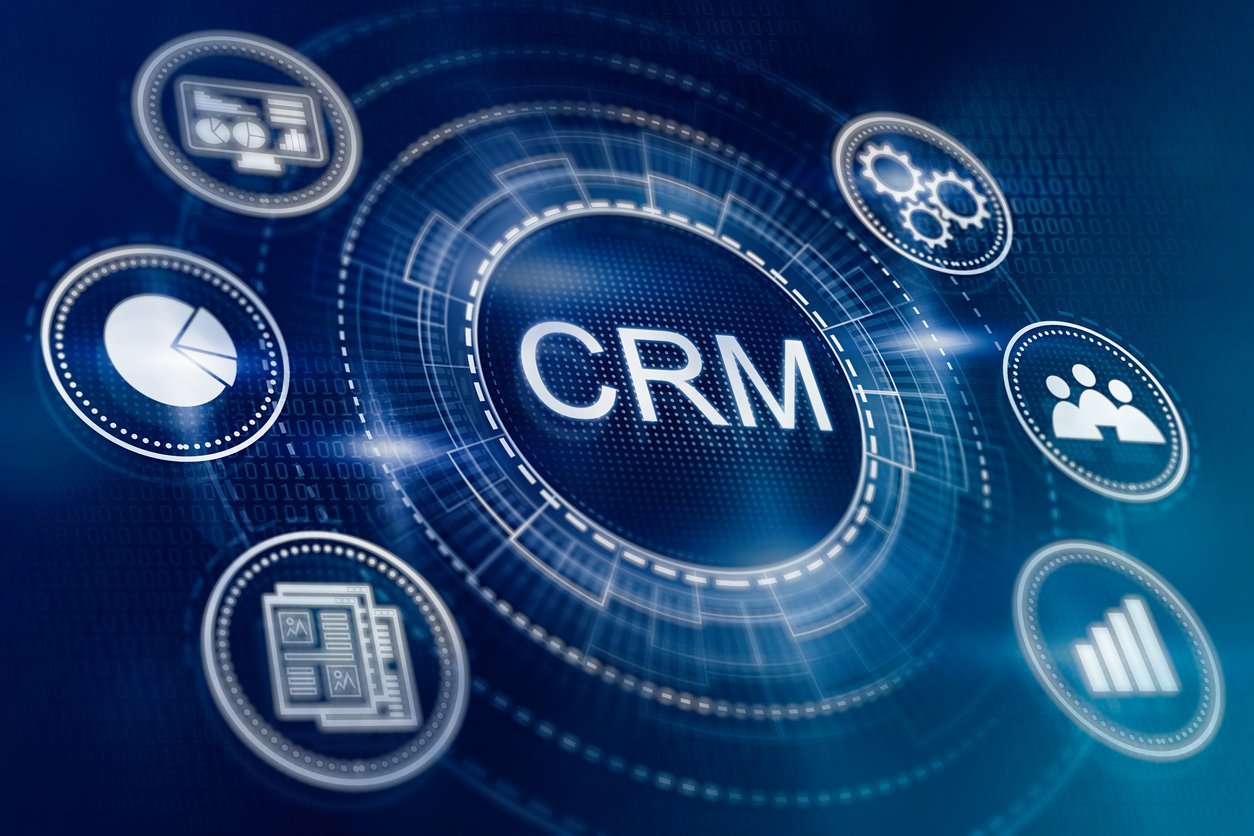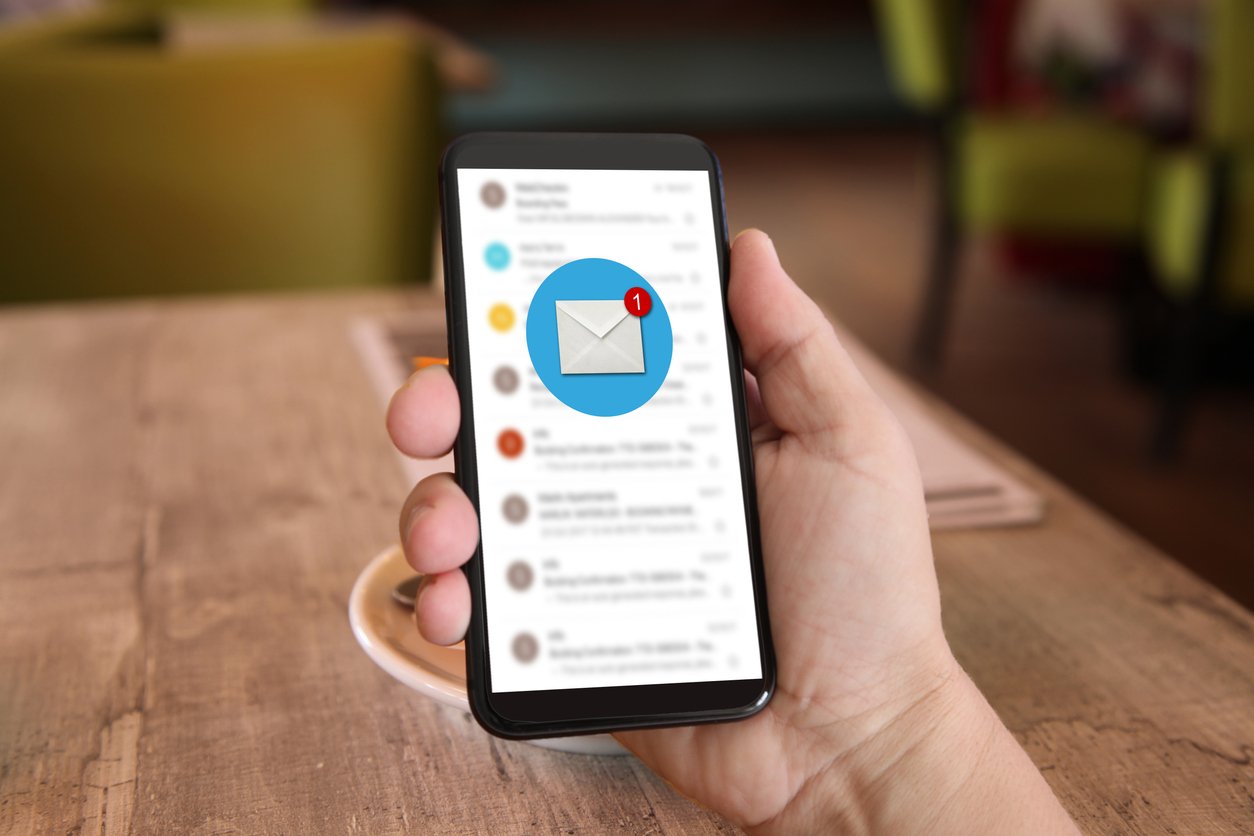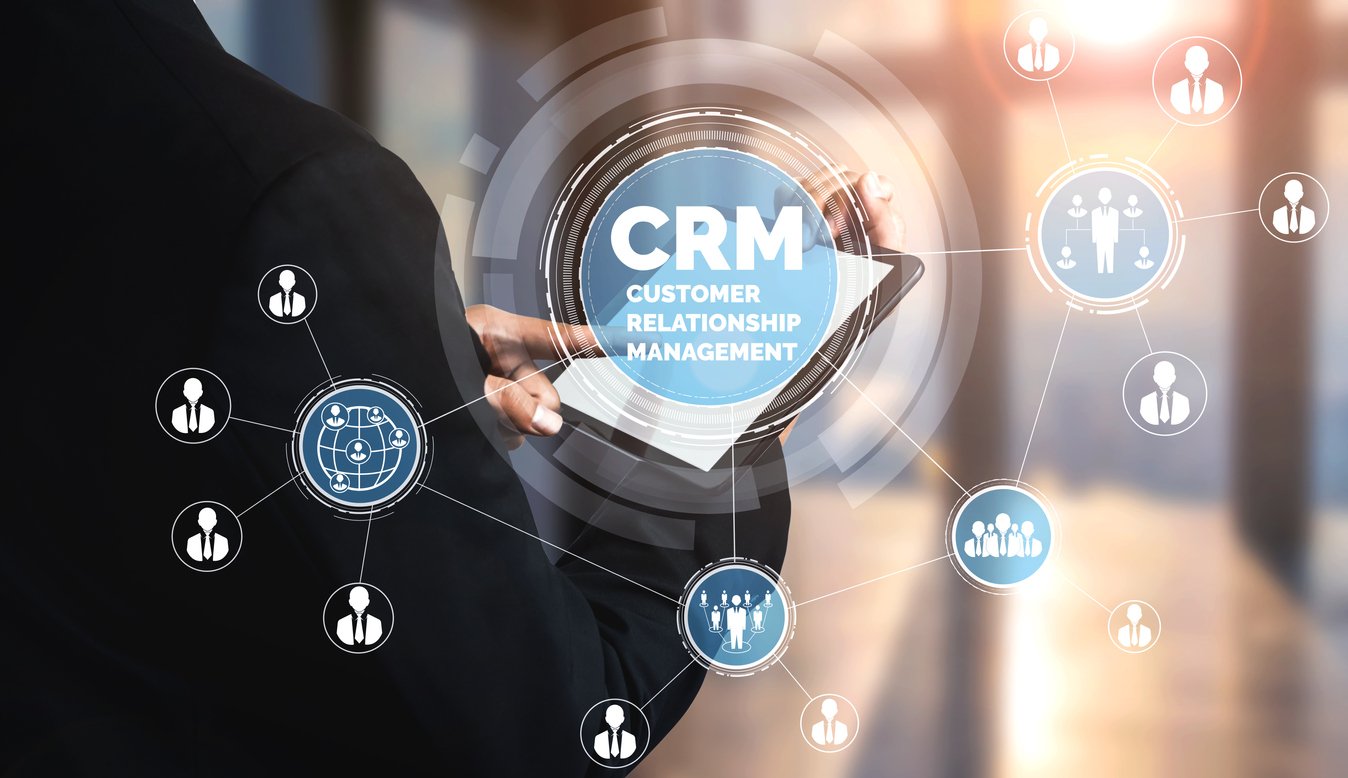Table of Contents
Table of Contents
Sales is complex.
Take one good look at your pipeline. It's full of leads, prospects, opportunities, and nearly done deals - each one with its own needs, desires, and communication preferences.
Without a solid process to back you up, you're going to miss opportunities. Maybe you forget to follow up in time, or maybe you send a prospect the wrong message, one meant for someone further down the funnel.
What if a CRM workflow system could change all that for you?
Imagine how much more effective you'd be if you could:
- Automatically follow up with leads and prospects
- Spend less time qualifying and more time actually speaking to clients and selling
- Keep track of all your potential customers' questions and data in a single place
- Seamlessly share knowledge about leads and prospects with your team
Now stop imaging. All of this and more is possible with CRM workflows.
Just keep reading, and everything will be unveiled.
What Is a Workflow CRM?
A workflow CRM (customer relationship management) is an all-in-one sales management platform that brings together automation, customer conversations, data, forecasts, and analytics. A good CRM workflow eliminates the need for using multiple apps, programs, and documents to manage your sales processes. More importantly, it also enables you to map out your customer's journey against your sales pipeline.
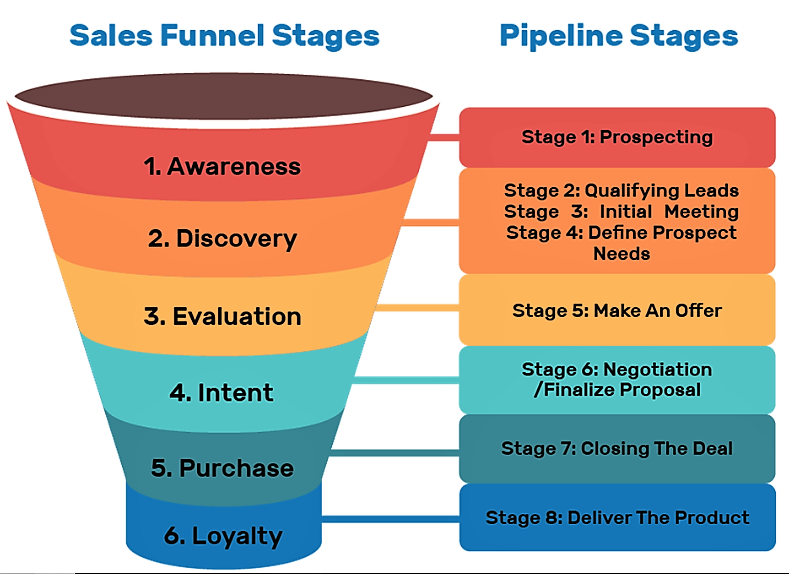
Essentially, your workflow CRM:
- Shows you what's happening at each stage of your customer's journey
- Empowers you to build sales processes and workflows to gently nudge customers from one stage to the next
A solid workflow CRM also collects a wealth of data from your sales and marketing sources.
For example, automated workflows could help you automatically gather data from your landing page clicks, chatbot conversations, customer service calls, and email CTAs.
This gives you the timely information you need to take your customer from a cold lead to a warmed-up prospect to an interested buyer.
What is CRM Workflow Automation?
CRM workflow automation refers to the process of streamlining and optimizing business activities related to customer interactions through the integration of automated workflows within the CRM system.
In simpler terms, it involves setting up a series of predefined actions and tasks that are triggered based on specific events or conditions within the CRM environment.
Benefits of CRM Workflow Automation
CRM workflow automation brings about a multitude of advantages for businesses looking to enhance their customer management processes. Here are some key benefits:
- Reduced Human Error: Say goodbye to manual data entry and tedious tasks! Workflows take the reins, minimizing errors and inconsistencies that can plague manual processes.
- Greater Efficiency and Productivity: Imagine tasks like follow-up emails, data updates, and internal notifications happening automatically. That's the efficiency magic of workflows, freeing up your team to focus on high-value, strategic activities.
- More Transparency and Accountability: With clear, automated steps, everyone involved in a customer journey has a birds-eye view of the process. This fosters accountability and ensures no lead falls through the cracks.
- Better Customer Communication and Engagement: Workflows can trigger personalized emails, reminders, and updates, keeping customers informed and engaged every step of the way. This leads to happier customers and strengthens relationships.
- Cost Savings: Automating manual tasks reduces the need for manual labor, ultimately lowering operational costs. Think of it as freeing up the budget for exciting growth initiatives!
- Greater Scalability: As your business grows, the flexibility of workflows ensures your processes can adapt and expand. No more scrambling to maintain manual systems with a growing customer base.
Why Are CRM Workflows Important?

Streamlined CRM workflows are fundamental because they provide your sales teams with eight major benefits.
|
Benefit |
Effect on your business |
|
A bird's eye view of the customer journey |
Helps you get to know your customers, where they stand, what steps to take next |
|
No duplicate messaging |
Happier leads and prospects that aren't bombarded with sales calls and messages |
|
Better transparency |
Reduces the risk of agents crossing wires or contacting customers multiple times |
|
Simplified sales processes |
Frees up your agents, so they spend more time generating leads, selling, and growing your business |
|
Fewer human errors |
Helps you build better quality relationships while cutting costs and processing time |
|
Scalability |
Enables you to easily welcome larger sales teams and more complex marketing operations |
|
Lead magnet connectivity |
Unites all your lead magnet data into a single platform, making sure no leads slip through the cracks |
|
More confident sales agents |
Supports your sales agents with the information and the processes they need to build relationships and close deals |
Now let's dive a little deeper and take a closer look at these advantages.
1. A Bird's Eye View of the Customer Journey
A CRM with workflow management allows your sales agents to get a 360-degree view of the customer. It's easy to tell:
- What stage of the funnel they're in
- When someone from your team has last reached out
- Which products or services they're interested in
- What automated emails and SMS messages they've already received
- When they're due for their next follow up
- What's been discussed in previous interactions
All of this information guides your agents, so they can have the right conversions and keep the leads progressing toward your end goal - a closed sale.
2. No Duplicate Messaging
With a super-clear CRM workflow, there's no need to smother your customers with unwanted calls, messages, and emails.
You have an accurate record of what communication has already taken place, so you won't accidentally reach out again with the same message.
No duplicate messaging = happier leads and prospects.
And this also means you can spend more time contacting leads, prospects, and opportunities when it's the right time to follow up, i.e., you've found out the information your potential client requested in your last call, and you can use it to impress them.
3. Greater Clarity Between Teams
Ever had different sales teams double-handle leads?
This happens when there's zero communication, siloed thinking, and separate databases.
It's frustrating for customers and embarrassing for your company.
Luckily, a CRM workflow helps you tackle all three of these root causes by:
- Providing all your sales staff with a single source of the truth
- Tracking and recording all previous customer interactions
- Outlining clear owners for each set of leads and prospects
4. Simplified Sales Processes
With workflow-centric CRM software (and its associated automation tools), it's pretty easy to simplify your sales processes and shorten your sales cycle times.
For example, by using Ringy's automation functionally, you can:
- Auto-dial your leads (instead of manually dialing them)
- Use drip campaigns to automatically send emails and texts
- Automate data entry
With these improvements, you can ensure your agents are working on genuinely productive tasks. As it happens, most salespeople spend a minority of time actually selling - so don't let that happen to your team.
5. Fewer Human Errors
Human errors happen, but with CRM workflows and automation, you can reduce both their frequency and impact.
For example, sales agents may miss calls, forget to follow up, or even use incorrect information when speaking to customers.
Not pretty, right?
But the good news is that all of these issues are less likely to happen when sales reps work with a CRM workflow that offers them transparent data on demand as well as timely reminders of what's next.
6. Greater Scalability
Your sales team is going to grow and grow (at least, that's your goal).
This means you need tools, software, and processes that can scale with your company. Otherwise, you'd need to start over every time you outgrow your current setup - and that would be a real pain.
Luckily, a huge advantage of CRMs is that they provide scalable workflows that easily expand and contract whenever you need them to, allowing for extra steps, more integrations and data sources, and more opportunities for you to refine and evolve your sales processes.
7. Clearly Connected Lead Magnets
Marketers love lead magnets, and salespeople love leads.
That's why using a CRM workflow helps out both departments - all the leads coming from your marketing team's landing pages, web forms, emails, and SMS are automatically gathered and collected in a single place, your sales team's CRM.
8. More Confident Sales Agents
Higher-quality data and clearer workflows give your sales agents the confidence they need to make better decisions.
They clearly see the path from lead to prospect to opportunity to a closed deal.
What's more, they'll also have a more precise picture of the customers they're communicating with, allowing them to dial in on their needs, fears, and desires.
CRM Workflow Use Cases

Alright, now that you know all about the benefits of a sleek, efficient CRM workflow, let's go a step further and explore three real-life use cases for this technology.
As usual, you can pick between an abridged version and all the juicy details:
|
Use Case |
Real-life example |
|
Boost customer care during sales |
Uber enhanced loyalty incentives |
|
Prevent lead leakage |
NestAway refined confusing data sources into one simple flow system |
|
Improve agent productivity |
TKF removed unnecessary apps and menial tasks to boost efficiency and refine focus |
Enhance Customer Care
A workflow CRM can help you create tailored journeys that better support your customers on their buying journey.
By using data generated from website clicks, social media interactions, and email marketing, your CRM can segment your customers and assign them to a specific workflow, i.e., a customer complaining about not being able to talk to an agent on social media can be identified and put into a list of high-priority customers to contact.
Let's use Uber as an example. Uber uses CRM workflows to great effect when it comes to loyalty bonuses and incentives. For example, they trigger freebies to customers that have dropped away, generating new interactions and sales.
Prevent Data Leakage and Lost Leads
Workflow CRMs centralize data from all kinds of disparate sources and kick-start customer journeys from a variety of magnets and CTAs. Without this centralization, your data is quickly going to get messy.
Let's take NestAway, an India-based home rental service, as an example. They turned to LeadSquared to help manage “data leakage.” Essentially, they lost track of leads because they hadn't consolidated their information.
With the help of a CRM, the company reduced this leakage by up to 70%. And that has helped drive faster growth and more qualified, consistent service for their customers.
Improve Staff Productivity and Performance
Relying on outdated technology stacks can slow sales and customer service teams down.
Companies such as TKF Telecom, handling complex B2B sales with multiple stakeholders, found out the hard way - with their costs increasing and agent productivity grinding to a halt due to a rudimental sales technology stack and disorganized processes.
The firm reached out to FreshSales to help them integrate APIs from external apps and unify their customer view. This radical change means their agents finally get to see everything about their leads and prospects in one place. A productivity dream!
5 Steps for Creating a Workflow in CRM

All CRMs handle workflows a little differently, but the endgame is always the same.
Let's break this down.
1. Map Out Your Goals and Objectives
You need to start simple and list out exactly what you want to achieve with your workflows.
The obvious one is “to automatically collect all your leads in a single pipeline.” But maybe you want to use a workflow to “automatically gather data from customer interactions.”
Pro tip: make sure your team is on board with the idea and actually sees the benefit of the workflow - if not, you'll face issues when you go live.
Next:
2. Import Data and Set Up Channels
Think wisely about where you're getting your data from.
Is it coming from landing pages, emails, chatbots, or web forms? Or is it originating from external apps or lead vendors?
Once you have a clear list of your sources, you can collate all your triggers and channels into one simple workflow.
For example, if your goal is to automatically collect leads, your workflow will grab a person's contact details from a relevant source whenever they're added. It will then transfer this information into your pipeline and assign the task of contacting them to a relevant agent.
3. Use Automation To Cut Admin Tasks
Use your CRM's automation capabilities to streamline your workflow - think, “Are there areas where you can trim down lead processing time?”
Maybe you want to send an introduction email to a lead as soon as they hit your pipeline, or maybe you want to send an automated SMS message after a sales agent has an initial conversation.
Whatever you do, use integrations and CRM automation to reduce your agents' admin tasks and give them more time for actually selling and communicating with their prospects.
4. Test Your Workflows
Launch a beta test of your workflows with agents who will actually be using them on a daily basis - look for bugs and listen carefully to their feedback.
5. Launch and Onboard Your Teams
Once you're happy with your workflow (and it's free from bugs), it's time to go live.
And with that comes onboarding your sales teams - give them individual logins and provide in-depth training on how to use the CRM.
Make sure to push the benefits of using the system from their point of view, namely more sales and more commissions.
Sounds too easy?
Not if you pick a solid CRM platform, like one of the three solutions we'll discuss below.
The 5 Best Tools to Manage a CRM Workflow
When it comes to managing workflows and CRM automation, five software tools stand head and shoulders above the rest:
- Ringy
- HubSpot
- Pipedrive
- Salesforce
- Zoho CRM
Let's take a closer look and help you pick the right one for your sales team.
Ringy
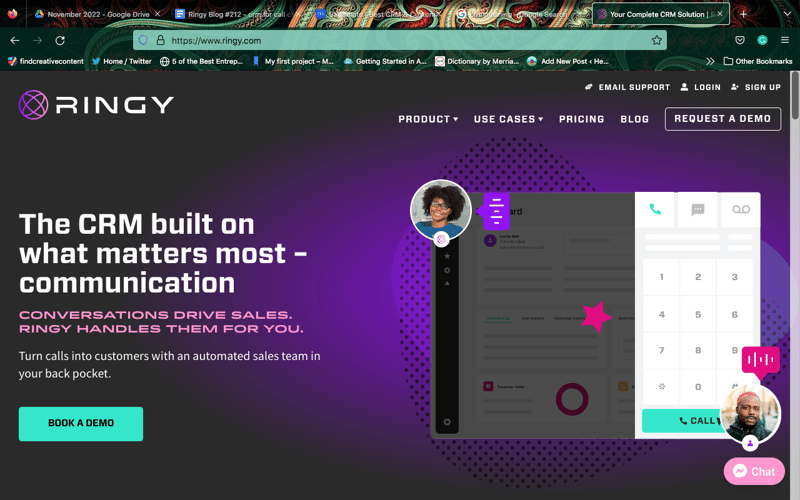
Ringy, our very own all-in-one CRM, provides a simple and effective approach to workflow automation, meaning you can easily trigger meetings, calls, follow-ups, and drip campaigns (both SMS and email).
You can also help your agents become more productive with our built-in VoIP softphone and auto-dial capabilities.
What's more, you can easily onboard multiple teams and scale up your operation whenever you wish thanks to our pricing package - $109/mo regardless of how many users you have.
*Pricing as of January 2024.
HubSpot
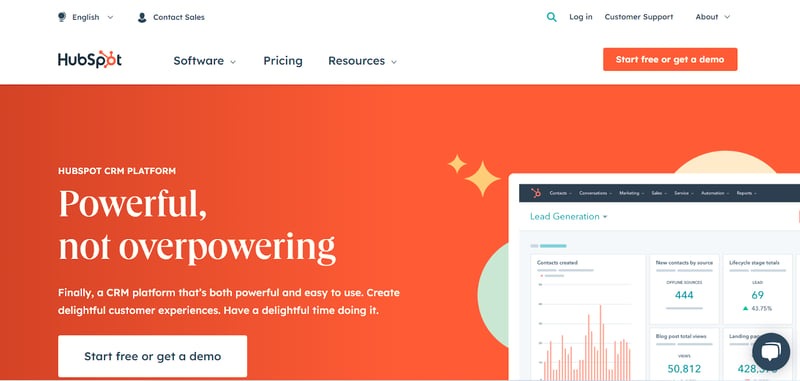
HubSpot is one of the most popular workflow CRMs thanks to its near-boundless flexibility - you can integrate almost all productivity apps and services into a single workflow system.
HubSpot is a little trickier to get into than most CRMs, but once you get over the steep learning curve, you'll easily see where customers came from, where they're heading, and what you should do next.
HubSpot also lets you import data automatically from multiple sources and pools to create workflows from scratch.
Pipedrive
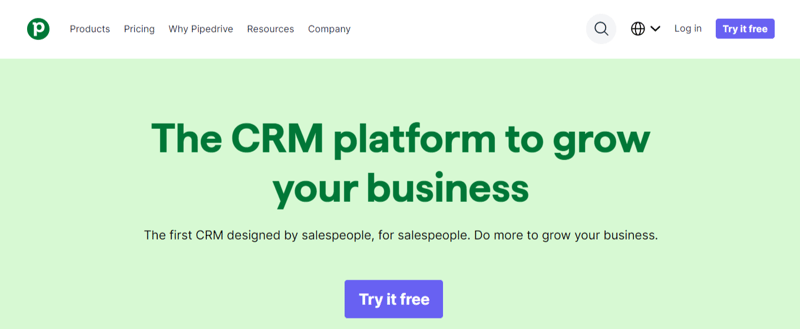
Pipedrive is one of the biggest names in CRM, and for good reason. It leans heavily into automated data capture, whether from chatbot interaction, email tracking, or call records.
Its user interface allows agents to drag and drop details rather than having to spend hours cycling through unnecessary menus. This means, much like Ringy, everything you need to know is only a few clicks away.
Salesforce
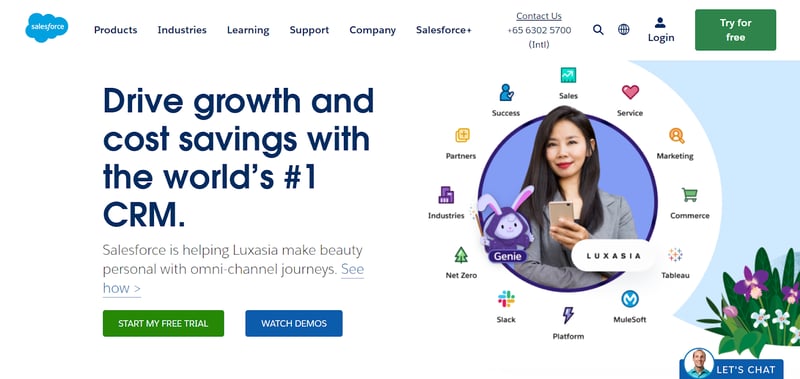
Think of Salesforce as the Sherpa of CRM workflows. This industry titan boasts robust automation features, letting you craft intricate sequences that guide leads through your sales pipeline like a sherpa navigating a treacherous Himalayan pass. Imagine leads automatically qualifying themselves, tasks assigning themselves to the right team members, and follow-up emails themselves - all without you lifting a finger.
Plus, Salesforce seamlessly integrates with a vast ecosystem of marketing and productivity tools, making it the base camp for a unified customer journey.
Zoho CRM
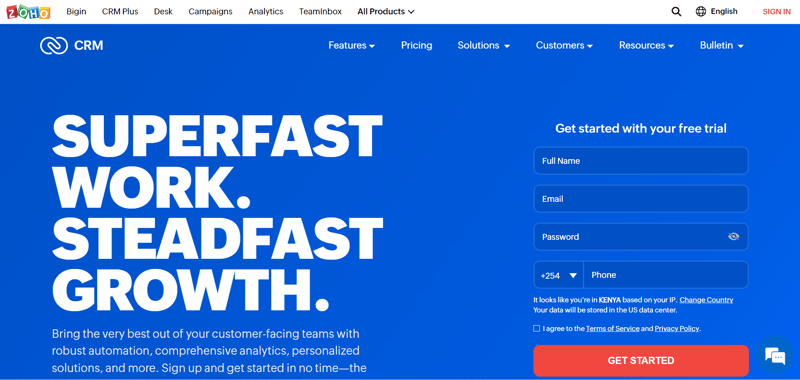
For those who prefer a nimble and budget-friendly option, Zoho CRM is your pick. This CRM packs a powerful punch for its price, offering intuitive workflow automation tools that let you streamline lead nurturing, customer support, and project management. Think automated email sequences, web form triggers, and conditional field updates - all designed to keep your workflow moving at breakneck speed.
Zoho also shines with its user-friendly interface and mobile accessibility, making it perfect for teams on the go.
Concluding Thoughts about CRM Workflows

A CRM workflow enables you to break free from lead management messes.
- You won't need to manage multiple apps at once
- You'll finally know everything you need to know about your leads
- You'll have a single source of the truth
- Your agents won't cross wires and frustrate customers
- You'll enjoy shorter sales cycles and more productive agents
So grab your free Ringy demo now, and you'll be automating with CRM workflows in no time!

Skyrocket your sales with the CRM that does it all.
Calling? Check. SMS? Check. Automation and AI? Check. Effortlessly keep in touch with your customers and boost your revenue without limits.

Take your sales to new heights with Ringy.
Sales in a slump? Ringy gives you the tools and flexibility you need to capture leads, engage with them, and turn them into customers.
Subscribe to Our Blog
Enter your email to get the latest updates sent straight to your inbox!
Categories
Related Articles









